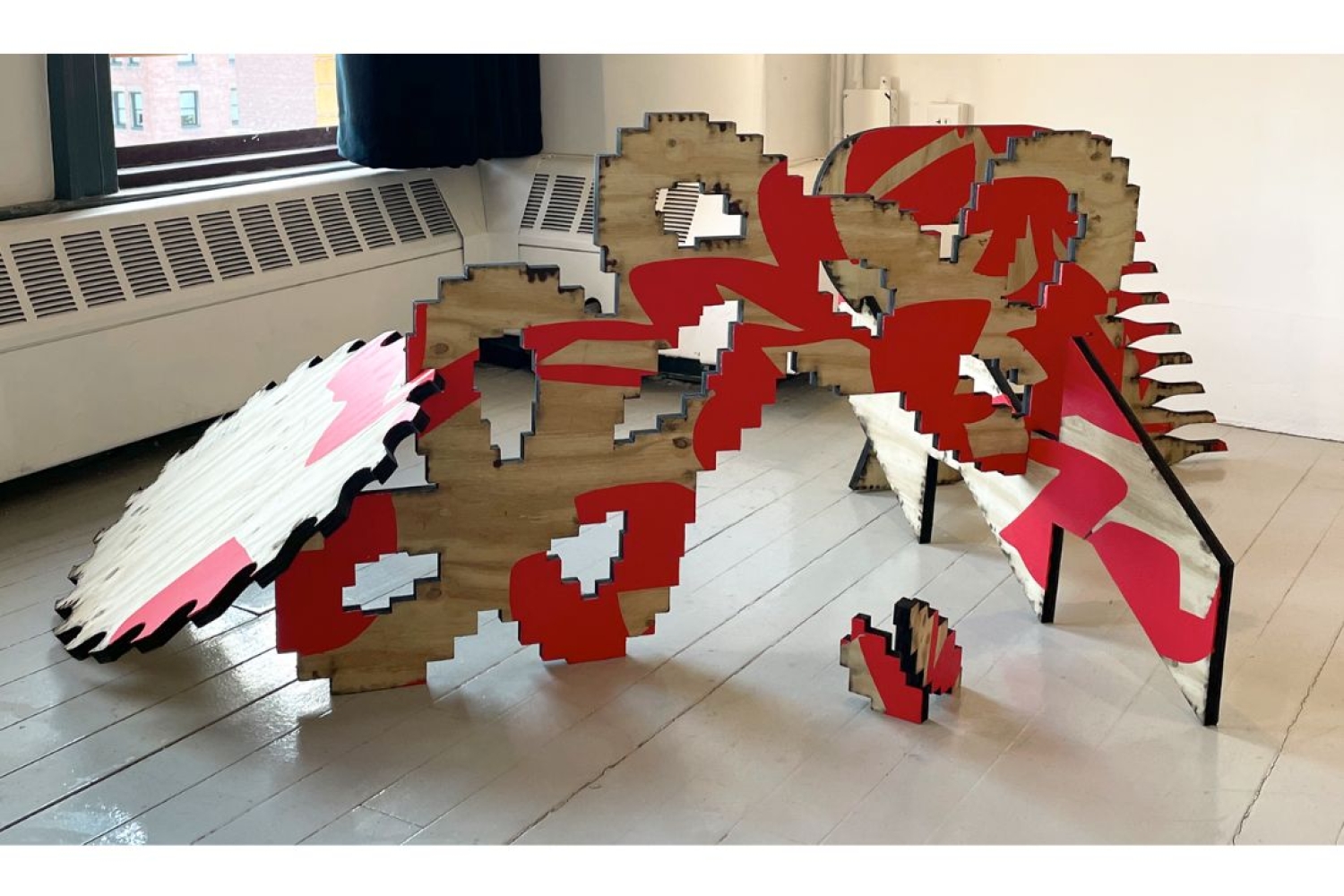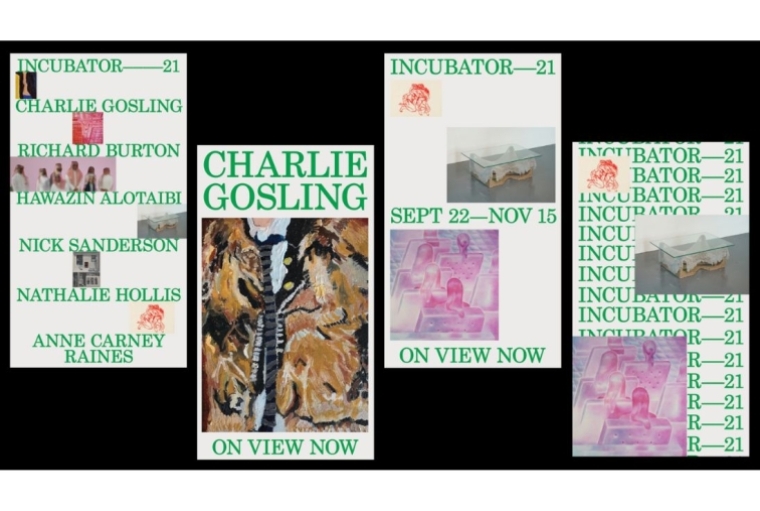
Where Do We Go From Here?

Where Do We Go From Here?
In the vibrant world of design and sculpture, Kartik Tuli stands out for his innovative use of materials and his distinctive approach to both graphic and three-dimensional creations. Working full-time as a designer in Brooklyn at 2x4, Inc, Tuli finds time to explore his personal practice and make new creative projects including designs for book. He formed PoMo, a collection of essays that are typeset in either ‘modernist’ or ‘postmodernist’ styles depending on their content, and Trash/Treasure, a unique book created from bags of scraps and scans gathered from a commercial printing shop in Delhi.
In a conversation with us, Tuli shares insights into his creative process, his inspirations, and his thoughts on the evolving landscape of design.
TRASH/TREASURE: A BOOK FROM SCRAPS
The scrapbook (literally) is an ode to a commercial print- ing shop I used to work at in Delhi. I would see many things being tossed in the bin everyday; the trim from a book or an empty cartridge. I was always keen on these rejects, misprints and excess materials that were being thrown away. These abstracted bits and bobs helped tell an interesting story about all the different kinds of communications that were printed through this place, and in a way got a second life as compositions in this book. The book also became sculptural as many items were physically archived as part of the object.
2D AND 3D
As I see it, any two dimensional design is incomplete without its three dimensional context; form and typography creates the content and the surface establishes the context.Like when you create a design that is applied on wood versus on a piece of cloth, it has very different connotations. This is why I often try to extend my graphic language onto 3D objects, but also within branding try to bring in elements that hold a semblance of the physical world, for eg., an archival website I made imitated the workings of a filing cabinet. My sculptural work also allows a level of reconfiguration, which reconfigures the picture plane and leads to new imagery, and also has a playfulness to it that brings the viewer in as a participant, this to me also extends the life of the work to the way it is interacted with.
ON THE ADVENT OF AI
AI is a great tool in the sense that it aids in conceptualization. You can think of something that may be out of your skill set/cache and it will help you get one step closer to what it may look like. I use it extensively in art direction gigs to pitch photographers, or visualize what designs may look like in situ. It has also become very convenient to edit photos and color correct them. At the end of the day though the material and taste can only come from a life lived, ha!

Incubator
A VIEW OF CULTURE THROUGH TYPOGRAPHY
Growing up in a diverse place like India, typography invariably becomes a feature of how we navigate the different cultures and dialects around us. At college, I was formally trained in typography where rules, grids and hierarchy created a foundational knowledge, however I try to push these rules to see how far we can go to make type more evocative and better represent the content. I believe typography if done intentionally can make a huge impact in the way we learn from books, making subject matter more interesting and inviting.